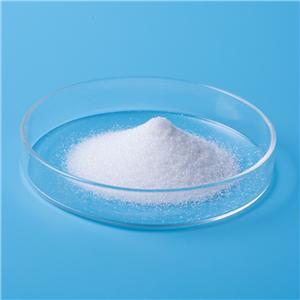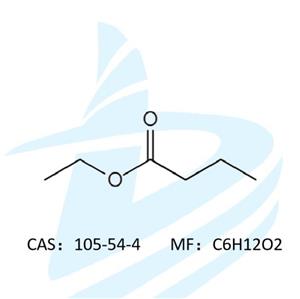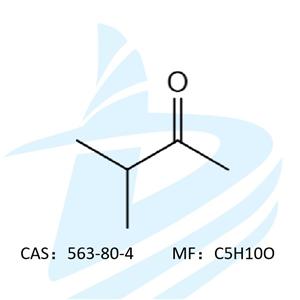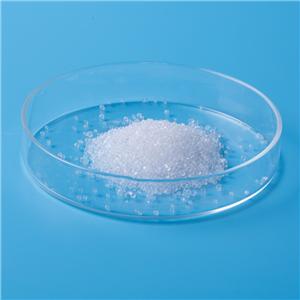Two main different technologies for m-cresol
Chemistry is such a wonderful thing. Compounds with the same name and structure can come from very different sources. As for m-cresol, the chemical industry also has different production processes which determine that some m-cresols are suitable for pharmaceutical preparations, while others can only become general chemical products. As an important chemical raw material, m-cresol was originally only extracted from coal tar; after World War II, it can also be recycled from the waste alkali liquor in the refinery. Since the mid-1960s, humans have begun to produce m-cresol on a larger scale using synthesis methods. "Synthetic m-cresol" now accounts for 60% of the world's demand, mainly for Europe and Japan; 40% of the demand is met by "natural m-cresol", that is, m-cresol from coal tar and refinery waste liquid.
1.Extraction from coal tar
The main source of tar m-cresol is high-temperature coke oven tar. Phenols are separated by extraction with sodium hydroxide solution, and the composition of the crude phenol will vary greatly. For example, the composition obtained from high-temperature coke oven coal tar in this way may be as follows: 15% water, 30% phenol, 12% o-cresol, 18% m-cresol, 12% p-cresol, 8% xylenol And 5% trimethylphenol and higher boiling phenol.
The crude phenol product was azeotropically dehydrated and rectified under vacuum into the following fractions: phenol, o-cresol, m-p-cresol mixture, xylenol and phenol tar. Since the boiling point difference between m-cresol and p-cresol is very small (0.3°C), they can only be obtained as one distillation component, which also contains small amounts of 2,6-xylenol and 2-ethylphenol.
2.Hydrolization technology of alkaline chlorotoluene
The hydrolization technology is an important process for the production of cresol with a high m-cresol content, which is used in the world's largest synthetic cresol manufacturer (with an output of more than 30,000 tons/year)-a chemical company in the Federal Republic of Germany.
In the first reaction , under the conditions of ferric chloride and disulfide dichloride as a catalyst, 1 mole of toluene and 1 mole of chlorine gas produce a 1:1 mixture of o-chlorotoluene and p-chlorotoluene.
CH3-C6H5 + Cl2 → CH3-C6H4 -Cl + HCl
In the next reaction , the mixture is hydrolyzed with excess sodium hydroxide solution at 360-390°C and 28-30 MPa.
CH3-C6H4-Cl + 2 NaOH→ CH3-C6H4 -ONa + H2O + NaCl
By neutralization, the cresol in the obtained sodium cresol solution is released. This process can obtain very pure cresol, that is, a product that does not contain other types of compounds, and finally m-cresol is obtained by separation.
Of the above two processes, the first coal tar extraction process is always inevitable to produce variable impurities such as 2,6-xylenol and 2-ethylphenol, which is difficult to detect, while the chlorotoluene synthesis process can be specific in the target product. Therefore, it is dangerous to directly test the m-cresol derived from coal tar according to the Pharmacopoeia standards, and then use it for medical purposes. Because it often contains some inexplicable impurities that are not listed on the quality inspection report. Therefore, m-cresol in the coal tar process is widely used as a crude chemical, while m-cresol in the chlorotoluene synthesis process can be used in industries such as pharmaceuticals that have extremely high requirements on impurities.




